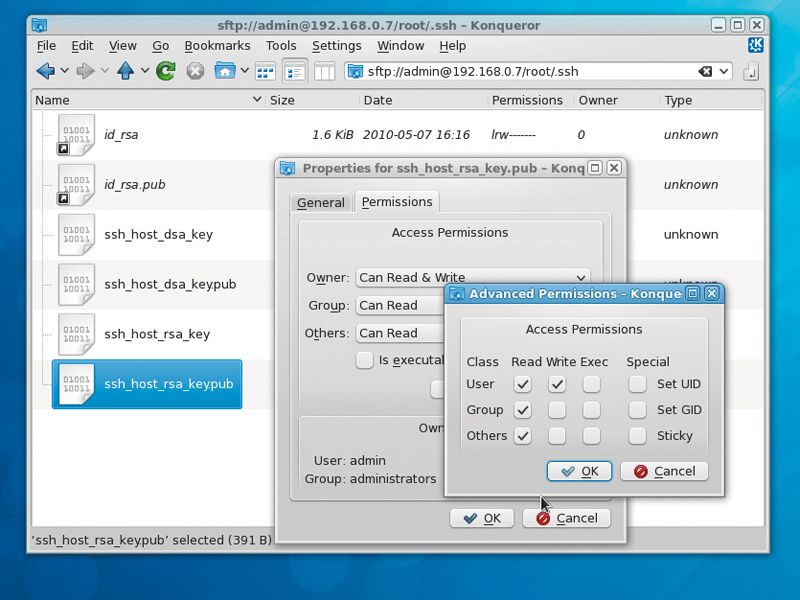

If remote-file is left unspecified, the local file name is used in naming the remote file afterīeing altered by any ntrans or nmap setting.
#Ftp linux password#
The user will be prompted for an account password in a non-echoing input mode.Īppend a local file to a file on the remote machine. Supply a supplemental password required by a remote system for access to resources once a login has been successfully completed. Arguments are passed to the macro unglobbed. If there are arguments, the first is taken to be a command to execute directly, with the rest of theĮxecute the macro macro-name that was defined with the macdef command. Invoke an interactive shell on the local machine. The following commands are recognized by ftp: Whenįtp is awaiting commands from the user the prompt 'ftp>' is provided to the user. If this is done, ftp will immediately attempt toĮstablish a connection to an FTP server on that host otherwise, ftp will enter its command interpreter and await instructions from the user. The client host with which ftp is to communicate may be specified on the command line. v' Verbose option forces ftp to show all responses from the remote server, as well as report on data transfer statistics. m' The default requires that ftp explicitly binds to the same interface for the data channel as the control channel in passive mode. e' Disables command editing and history support, if it was compiled into the ftp executable. Remote machine login name (default is the user identity on the local machine), and, if necessary, prompt for a password and an account with which to login. If no entry exists, ftp will prompt for the (see netrc(5)) file in the user's home directory for an entry describing an account on the remote machine. If auto-login is enabled, ftp will check the. n' Restrains ftp from attempting ''auto-login'' upon initial connection. i' Turns off interactive prompting during multiple file transfers. The flag is kept for compatibility only and has no effect anymore. This is the default now for all clients (ftp and pftp) due to security concerns Requires that the ftp server support the PASV command. Allows use of ftp in environments where a firewall prevents connections from the outside world back to theĬlient machine. This is useful fortransmissions to servers which do not support passive connections(for whatever reason.) -p' Use passive mode for data transfers.

Options may be specified at the command line, or to the command interpreter. The program allows a user to transfer files to and from a remote network

No warranty of any kind, express or implied, is included with this software.Ftp is the user interface to the Internet standard File Transfer Protocol. FTP Server Basic is a registered trademark of respective companies.

does not offer commercial licenses for any of the products mentioned above. Our engineering team made hard work to ensure your comfort and security! Deploy&Enjoy!ĭisclaimer:Tidal Media Inc. is glad to provide you with this fully pre-configured minimized FTP Server Solution. This lightweight minimal solution provides you only with the tools required for the Server to function properly, thus decreasing the load on system resources. This solution belongs to the category of good servers with optimization - that is when system resources are used to a minimum. It's also possible to configure anonymous authorization, which means that users will not need their own account in order to connect to the FTP server.
#Ftp linux download#
The clients can access a remote directory with their user account, and then download or upload files there, depending on the permissions that have been granted to them. Using FTP proves to be a pretty basic task after it has been set up properly. FTP is a great protocol for downloading files from a remote or local server or uploading files onto the server.


 0 kommentar(er)
0 kommentar(er)
